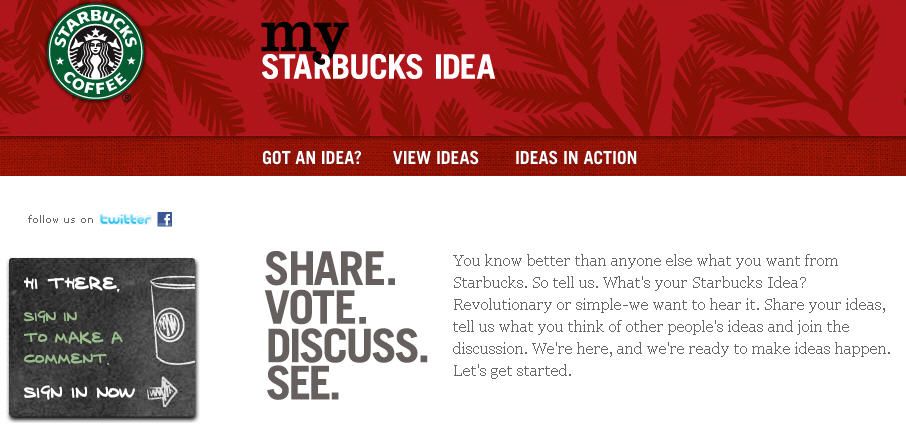The transformation of marketing in the last ten years has been sweeping, affecting every part of the art and science that is effective marketing. One of the fundamental shifts has been moving to engaging with an audience in a conversation, rather than just shouting at them through advertising. The real power that some brands are embracing, though, comes from turning that level of engagement into something deeper and more far-reaching than a conversation. It’s encouraging your audience to become a community.
At its core, a community is just a group of people with some things in common — which might be interests, or location, or opinions, or shared experiences. For a brand, of course, it’s important that the brand itself (or the products and services associated with it) are at the core of this community. A successful, long-lasting community means a long-lasting relationship with a brand — and potentially long-term profits for the brand.
Creating a community isn’t an easy task, and certainly it’s more difficult for some brands than others. The nature of your product or service matters a great deal — while it may well be possible to create a community around paper clips, that’s going to be a much hard task than creating a community around a lifestyle item or a game or a movie. This is certainly going to be propelled, too, by the quality of the goods or services — and often by some of the details involved.
The benefits of a community for brands are very clear — user engagement and retention, leading to more revenue. More than that, though, you can get great feedback from a community that makes your product better, and create an eager core of brand evangelists who work on their own to amplify your messages. It’s a long effort to build a strong community, but the benefits can last even longer.
Take a look at what Starbucks has done with their simple My Starbucks Idea. It’s a way for the chain’s customers to voice their opinions and make suggestions on improving Starbucks, and since Starbucks began this in 2008 over 300 new innovations have come from this. That includes the free Wi-Fi we all take for granted at Starbucks, which many consider an essential part of the experience. Watching that feedback become fact helps create a sense of community, which helps propel the strength of the brand.

For a different take on community building, take a look at TEDx, the extension of the resoundingly successful TED conference into local communities. This is a way for individuals to create their own TED experience in their community, bringing out the best in ideas from the remarkable people all around us. These videos are used to not only empower the local TEDx communities, but help engage the larger TEDx community on a global basis. The amount of effort on display is astonishing, and that in turn fuels an even greater commitment on the part of the participants.
For an example from the game industry, look no further than what Sony has accomplished with its PlayStation brand and the forums it provides. Users come together to share tips and hints and content, as well as experiences. This sort of commuinity function is widespread in gaming, and it’s part of what’s propelled World of Warcraft for ten years, or made Valve’s Steam into the digital distribution powerhouse it is today. The games industry has been a leader in community building for decades, stretching back into the tabletop era when brand communities connected via dial-up bulletin board systems and later AOL. The game forums and communities online were always one of the biggest and most active parts of those early online communities.
Back then, game publishers often didn’t create those communities — they were self-organizing as fans found each other. Now that game publishers recognize the incredible power of communities, they are usually quick to try and organize communities using social media and influencers — but you can’;t accomplish that overnight. The best game communities are like gardens — you plant the seeds in the right soil, give them plenty of sunshine and the right amount of water (and, yes, fertilizer, but let’s not stretch this metaphor too far), and with enough time a bountiful community will grow.
Brands do well to remember, though, not to try and create something that’s too forced or artificial, or to push a brand beyond what it really can be. Yes, you could spend a lot of money and effort trying to build a community around paper clips, and create amusing cartoon paper clips (or, perhaps, resurrect Clippy) and tell great stories . . . but you’re never going to get people all that excited about paper clips. Although some companies have taken up challenges almost as immense, and made some interesting communities — the new Old Spice, with its quirky commercials and characters and live streams, comes to mind.
The savvy marketer should have an eye on creating a community from the beginning of a new product or service, or look to engage an existing community for a product that’s been around for a while. That’s ultimately the best use of those wonderful social media tools — not just bombarding people with messages, but building a social structure that will last.

